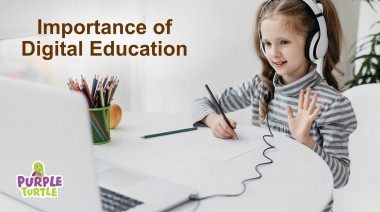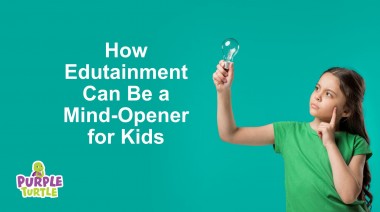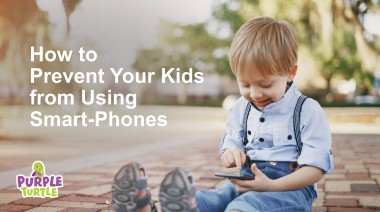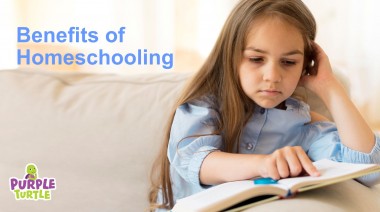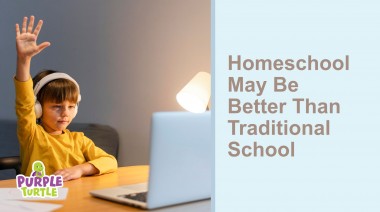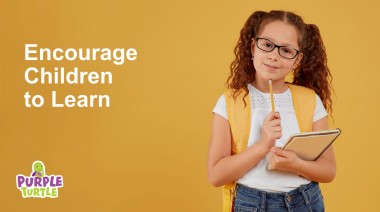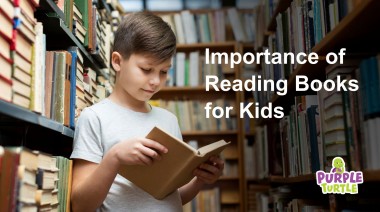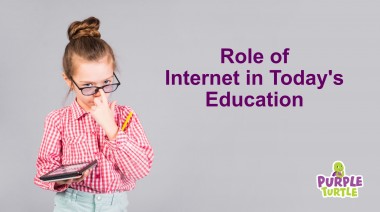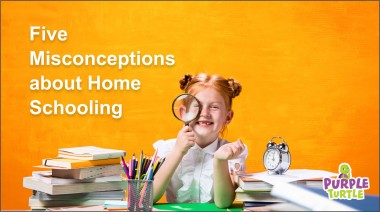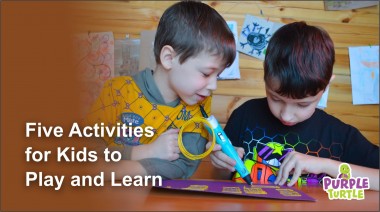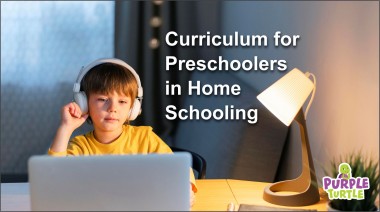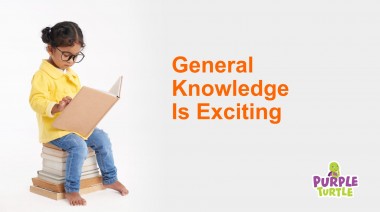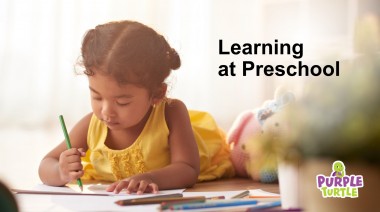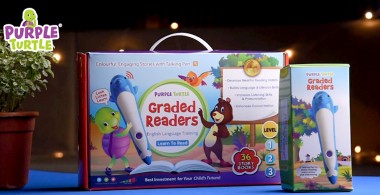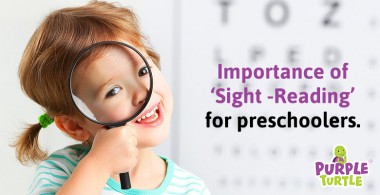
Understand the importance of ‘Sight -Reading’ for preschoolers.
There are methods to everything in life, similarly with reading. Introducing your preschooler to sight-reading is a great way to enhance their reading ability.
What is sight-reading?
The ability to read by recognising the word rather than breaking them up phonetically.
Most of us are surrounded with material that focuses on teaching children phonetics- the sounds of letters and joining them to make words. But you must have noticed that many words don’t add up with sounds. Some words are also tricky because they have confusing sounds. These words become sight words because they need to be recognised and remembered.
At the pre-primary level- common words that are used frequently and don’t have sounds or add up with sounds are -am, and, the, it, go, for, not, can, him, am, its, did, get,etc These are all sight words. They are also at times referred to as high-frequency words since they are used so frequently.
How do we develop sight-reading?
Simply by exposing your child to these words multiple times so that they get imprinted in the mind.
There are other ways too, sight words can be read aloud over and over again to a child so that they remember them. Ask the child to write the words, use flashcards with bright letters so that the child remembers. Upper Kg or class 1 children can be given reading material that contains repetitive sight words and helpthe child to read until they can independently read sight words.
Don’t encourage your child to memorise all words, especially phonetically spelled words. Only words that can’t be decoded with the help of phonetics should be memorised. Making your child memorise every word will limit their vocabulary; the child won’t be able to read new words as they grow and the English language will be difficult to master.
When you notice your child reading ‘house’ as ‘horse’ or ‘made’ and ‘mad’ or vice/versa rectify it immediately by instructing your child to decode the phonetically spelled word using the letter-sound correspondence.
Therefore, your child should have a thorough understanding of phonics before memorising sight words. You will also notice that the number of sight words your child needs is much lesser after they have learned phonetics.
Using Graded Readers that have level-wise stories is a good way to ensure your child picks up sight words and phonetically formed words since these books have been specifically curated for pre-school learners. These books build up level wise with vocabulary, the complexity of grammar structures, and also by the number of sight words used.Purple Turtle Graded Readers is a product to depend on.
But the fact remains that over the years as we grow all words become sight words for a well-versed and well-read person.

